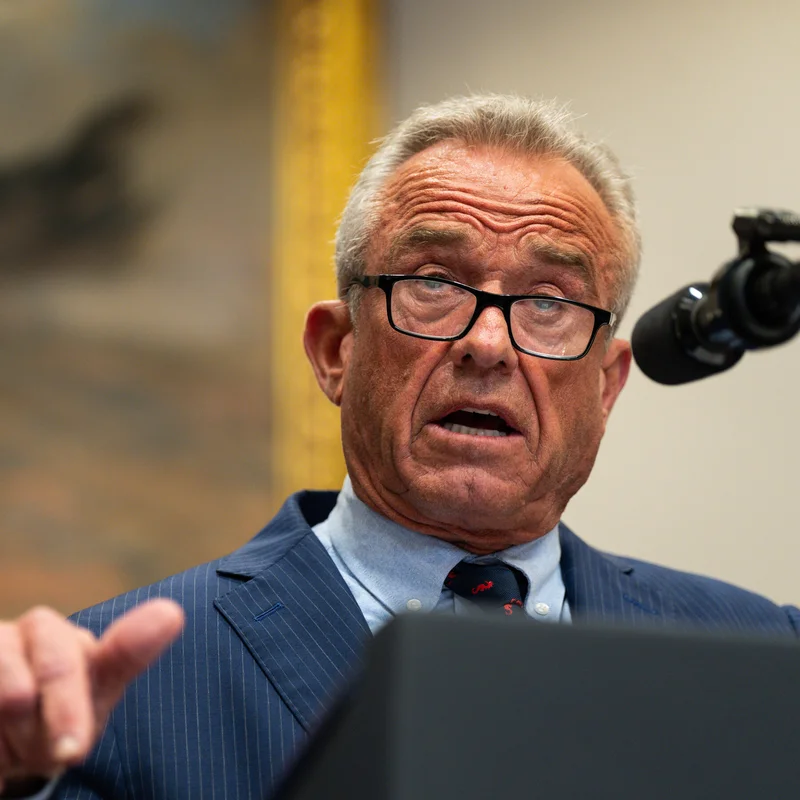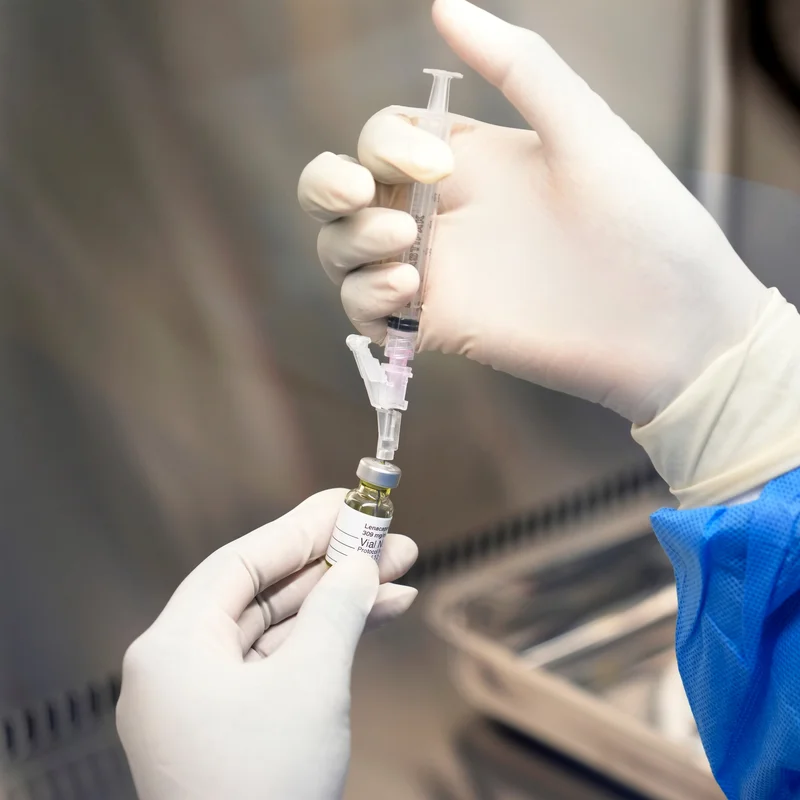In a move that critics say protects corporate giants while potentially harming smaller competitors, President Trump’s newly announced 100% tariffs on imported brand-name drugs will largely spare the world’s largest pharmaceutical companies. The policy, unveiled via social media on September 26, 2025, includes significant exemptions for drugs manufactured in the European Union and allows companies building U.S. factories to apply for relief—conditions that benefit industry titans but may squeeze smaller biotech firms.
How the Tariff Plan Works
The core of Trump’s drug tariff policy is designed to incentivize domestic manufacturing. However, its structure creates a two-tiered system:
- 100% Tariff: Applies to brand-name drugs imported from non-EU countries like China, India, Singapore, and Canada.
- Up to 15% Tariff: Applies to brand-name drugs from the European Union under a separate trade deal .
- Exemption: Companies constructing new U.S. manufacturing facilities can apply for relief during the construction phase .
“Overall, we think this is a win for Pharma.”
— Jefferies Wall Street analysts, September 27, 2025
Why Big Pharma Benefits Most
Largest drugmakers like Johnson & Johnson, Eli Lilly, Merck, Roche, Novartis, and AstraZeneca already produce most of their blockbuster drugs either in the U.S. or within the EU (e.g., Ireland, Denmark). This shields them from the harshest 100% tariff.
Furthermore, these companies have the capital to invest billions in new U.S. factories—qualifying them for exemptions. For example:
🏭 Major Pharma Expands U.S. Manufacturing
- Eli Lilly: Building facility in Indiana for diabetes/weight-loss drugs .
- Merck: Expanding production in Pennsylvania for Keytruda and other drugs .
- Novo Nordisk: Constructing plant in North Carolina for Ozempic-type medications .
- Gilead Sciences: New factory in California .
Tariff Impact by Company Size
The policy’s real impact varies dramatically based on a company’s size and resources.
| Company Type | Manufacturing Locations | Tariff Exposure | Ability to Adapt |
|---|---|---|---|
| Large Multinationals | USA, EU (Ireland, Denmark) | Low (mostly 15%) | High (billions to invest) |
| Small/Mid-Sized Biotechs | Canada, Mexico, Middle East, Asia | High (100%) | Low (limited capital) |
| Generic Drug Makers | India, China | None (exempt from tariffs) | N/A |
Risks for Smaller Firms and Patients
Experts warn that the tariffs could disrupt supply chains for niche brand-name drugs produced by smaller companies without the means to build U.S. factories.
- Potential Price Hikes: To offset a 100% tariff, small firms may raise prices, directly impacting consumers .
- Drug Shortages: Some companies might discontinue U.S. sales rather than absorb the cost .
- Innovation Risk: “Smaller American biotech companies [could be] at a huge disadvantage,” said investor Peter Kolchinsky .
“A smaller niche brand-name drug… might feel more pressure… There is the possibility that that would lead to shortages and disruptions in the supply.”
— Dr. Aaron Kesselheim, Harvard Medical School
Beyond Tariffs: Other Trump Administration Pressures
Despite the tariff exemptions, big pharma still faces other challenges from the administration:
⚠️ Upcoming Industry Challenges
- Price Negotiation: Plans to force U.S. drug prices down to European levels .
- TV Ad Ban: Regulatory push to eliminate direct-to-consumer drug advertising on television .
- Continued Offshore Production: Despite new U.S. plants, companies plan to keep major EU facilities open for global markets .
What This Means for Consumers
For most Americans taking common brand-name or generic drugs, immediate price spikes are unlikely due to the exemptions. However, patients relying on specialized medications from smaller manufacturers could face higher costs or availability issues in the coming months.
To learn more about managing prescription costs, visit [INTERNAL_LINK:affordable-prescriptions].
For official information on drug pricing and safety, refer to the U.S. Food and Drug Administration.
Sources
- The New York Times: Trump’s Tariffs Would Spare Many Rich Drugmakers While Punishing Some Small Ones
- White House: Presidential Proclamation on Domestic Pharmaceutical Production (Draft)
- FDA: Orange Book – Approved Drug Products
- Johnson & Johnson: U.S. Manufacturing Investment Announcement
- PhRMA: Pharmaceutical Research and Manufacturers of America




